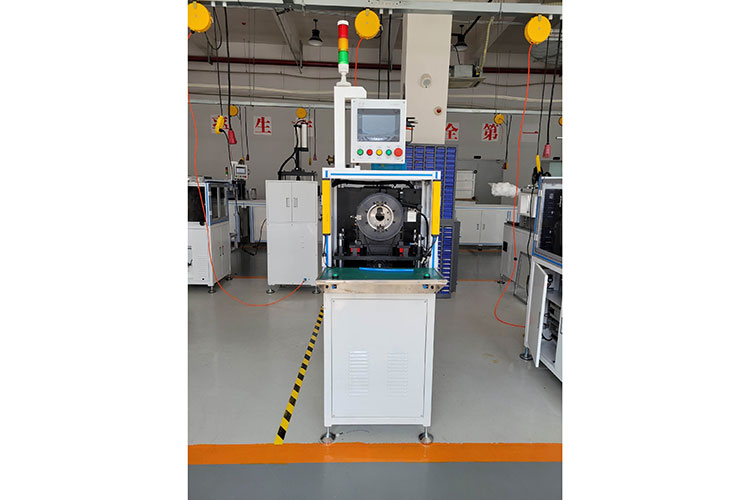Why Is the Brushless Stator Slot Lining Machine with Single Station a Smart Choice for Motor Manufacturers?
2025-07-15
In today’s motor manufacturing industry, precision, efficiency, and reliability are no longer optional—they're expected. That’s exactly why I often recommend our Brushless Stator Slot Lining Machine with Single Station to clients who are focused on improving the stator insulation paper insertion process without overcomplicating their workflow. At our factory, we designed this machine with both performance and practicality in mind, based on years of feedback from real production floors like yours and mine.
This equipment is specially built for brushless motor stator insulation and offers accurate, stable performance through every production cycle. What I personally find valuable is how smoothly it integrates into daily operations. The machine features servo-driven feeding and indexing, allowing for paper feeding accuracy up to ±0.15mm, and a slot insertion time of just 1 second. That level of consistency has helped several of our customers reduce rework rates and improve throughput, especially during peak production seasons.
One thing I really appreciate—and that our team insisted on during development—is the quick-change tooling system. For manufacturers handling multiple product types or custom motor models, downtime from tool adjustments can seriously disrupt workflow. But with this machine, our clients are able to switch tools quickly and easily. I’ve seen line operators with minimal training become fully confident with it after just a short introduction. That tells me we got the design right where it matters most—on the factory floor.
Another aspect that makes this Brushless Stator Slot Lining Machine with Single Station reliable in practice is its automatic loading and unloading system, combined with mechanical cooperation for paper feeding and cutting. I’ve walked through production lines using older, semi-manual machines where workers had to constantly monitor and reposition parts—this design removes that burden, making the process safer and much more efficient. The reduced manual handling really adds value for teams aiming to scale their output without hiring extra hands.
Our factory has also ensured this model supports a wide range of insulation paper materials available on the market, including those used in automotive motors, vacuum cleaners, and small household appliances. Whether you’re using aramid, polyester, or composite-based insulation materials, the machine adapts with minimal adjustment. For me, that kind of flexibility is one of the biggest advantages, especially when handling diverse product requirements from multiple clients.
Operating at 0.5–0.7 MPa working air pressure, the machine is energy-efficient and stable enough for both small-scale and high-volume operations. In several of our customer installations, we’ve seen it running smoothly for long hours without performance loss—something I take personal pride in, knowing our engineering team worked hard to ensure structural reliability and low maintenance demand.



